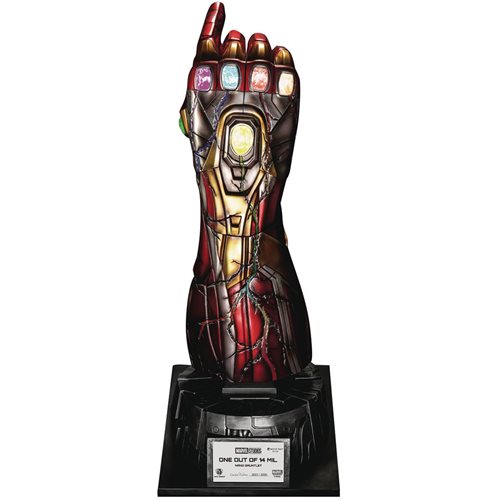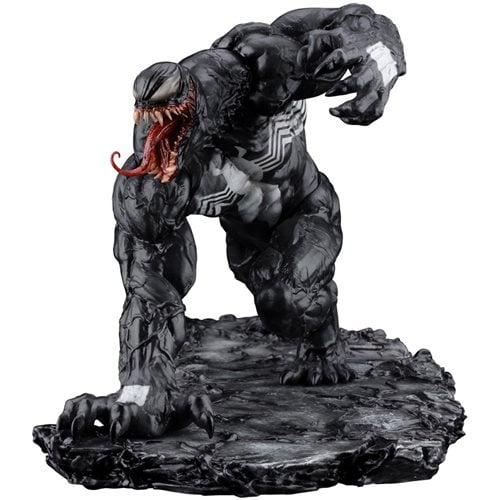LEARN -- How G.I. JOE: RETALIATION Uses 3D // LISTEN -- Marc Webb Discusses 3D, James Cameron And More!
First, Di Bonaventura opens up about advancements in 3D conversion and how it affected the new release date for G.I. JOE: RETALIATION:
"We learned a lot about 3D—I personally learned a lot about 3D in Transformers. The conversion part of the 3D process is night and day, you know, every three, four months it’s better than it was before. It’s amazing how fast that thing has changes. And originally we didn’t really have the time or the resources to try to figure out how to shoot it in 3D in the time frame that we were originally talking about, you know, starting in August and releasing in June. So this delay has allowed us to go at it now.
Jon [Chu] has some sequences that are really, there’s a phenomenal—for G.I. Joe fans it’s going to be one of the really great scenes for them, because there’s a fight between Snake Eyes and Storm Shadow in a hallway that is so perfect for 3D I can’t tell you. It’s going to be like one of the coolest fights ever in 3D, because there’s so much about it that’s dynamic. That’s going to be really fun. And you know people have seen bits and pieces of the Himalayan sort of rock climbing thing, it’s almost 3D without having turned into 3D, so I can’t wait to see that. That one’s going to be like what the hell?"
//
Finally we have director Marc Webb (and VFX Supervisor Jerome Chang) talking all about the 3D in THE AMAZING SPIDER-MAN and how he used his 3ality Technica 3D rigs on set, outfitted with Red Epic cameras.
The result? A truly AMAZING experience in 3D. Well done Marc and 3ality. THE AMAZING SPIDER-MAN 3D
Hit the jump to hear Marc!
How much of a learning curve was there filming your first 3D movie with the 3ality Technica System?
There was a lot of time that we spent with the red cameras and 3ality early on. We just felt that there’s a big testing phase. Before that there was just a conceptualization of 3D, trying to figure out the best way for those sequences to work and try to make sure that we were exploiting it and doing it in a way that made 3D a meaningful part of the storytelling language. That took a lot of watching 3D movies and understanding the technology and talking to different filmmakers to see how best to exploit that.
What were you able to learn from what James Cameron has done with 3D?
James Cameron has a very specific philosophy about 3D that it doesn’t interfere with the story, that it’s about creating a sense of depth and enhance the sense of realism rather than making it a gimmick. The actual component of doing your visual effects in stereo is the fact that even the texture of Spidey’s suit, the roughness on how thickness the web lines are, the amount of frayed material. We would have to make sure that you could feel that also in stereo, because when we looked at the footage of the real actors you could see in the the cashmere sweater the individual threads. That amount of detail would then have to be added not only to Spider-Man, but also to Lizard. You have to see the bump or the scales of his skin. The whole stereo aspect really complicated, or added an additional challenge, to the visual effects in terms of digital imagery.
What was the most challenging, but rewarding, 3D sequence you filmed?
The most challenging and rewarding I think to me was the final battle, or the crane sequence, was probably the most fun. The crane sequence is emotional, but you get that sense of vertigo and velocity. It was a really fun part of the 3D experience. There was a sequence that I designed specifically to exploit 3D and have that actor – have Spider-Man — come up into your foreground and fall away. We’re adjusted the conversion to the depth to make it feel as exciting as possible
What are the challenges that remain when it comes to enticing people to upgrade to 3D at home?
I think there are people that assume that 3D is something that’s exclusive to the theatrical experience, but there’s a lot of value of playing with it at home. It gets fun. You’re closer to the screen. It can feel equally as immersive, but I think people are driven to buy new technology and they’re always looking for ways to keep up with the Jones’ as we say. There’s been a lot of investment in technology and Sony has done a lot of work in 3D technology. It’s just a way to connect deeper to the material that you’re viewing.
Where do you plan on taking Spidey in the next film?
Spidey will endure, overcome, and expand upon all of our favorite parts of the Spiderman Universe. How is that for coy and ambiguous?
Sources: Forbes | Collider



